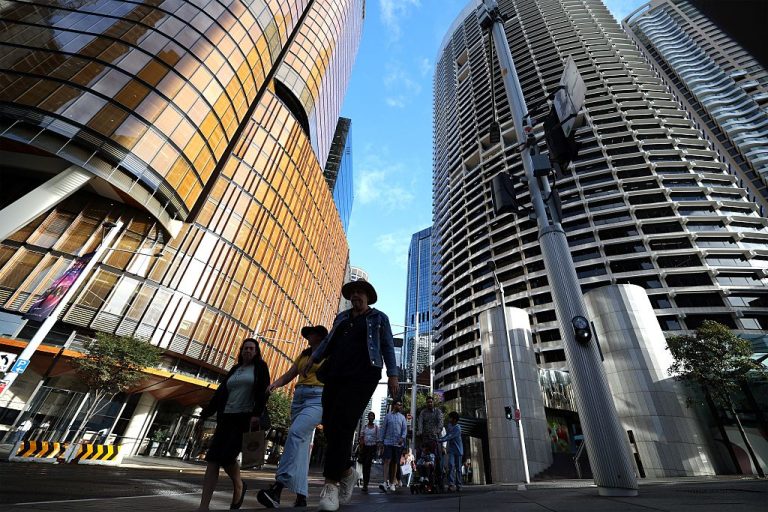Property investing: Now’s the time to get your house in order

As always, there are plenty of opportunities for smart, nimble investors at every stage of the property cycle. Picture: Getty Images
For property investors, the best time to sell is right at the peak.
That’s a feat that few can master every time. The second-best time is on the shoulders of the peak – either selling too early and leaving value on the table or selling on the other side when you know value has been lost but worse is to come.
That is exactly where we are in the Australian commercial real estate market. In my view the peak has passed but there is a window right now for property investors to reassess their portfolios and get ready for what might be a period of adjustment as the Australian market catches up with the downswing that’s taken hold in much of the rest of the world.
In short, if you’ve got too much leverage right now is the time to sell non-core assets to reduce it while there are still reasonable levels of liquidity.
Seizing this moment in time will require conviction and a clear-eyed evaluation of both the risks ahead and the state of your capital structure.
As always, there are plenty of opportunities for smart, nimble investors at every stage of the property cycle. But those who miss this moment risk becoming forced sellers at the bottom of the market, sacrificing equity that is lost forever.
Markets are cyclical and, with time, it is possible to ride out a downturn and recover. But investors need to make sure their capital structure can withstand the low point of the market to avoid a permanent destruction of wealth.
Being closed out of a position by a margin call on property you cannot meet is exactly the kind of event that is very difficult to recover from.
The Australian property market – in fact, the wider economy – has confused a lot of investors in the past two years. On the one hand, we have experienced high rates of inflation and growth, which have led to both higher interest rates and higher potential rental cashflows on property investments.
On the other hand, capitalisation (cap) rates have been softer because the risk-free rate has gone up.
This confusion has put us out of step with the US, United Kingdom and Europe.
Our commercial real estate market has only recently passed the “zero gravity” stage, while the rest of the world has been recalibrating for some time, with cap rates falling faster than rental growth as property values come down.
In Australia, notwithstanding that the 10-year swap rate is some 350-400 basis points higher than the rates of less than 1 per cent just three years ago, cap rates have typically risen just 100-150 basis points. In other parts of the world, cap rates have doubled more in line with the rise in cost of debt capital.
My expectation is that over the next two years Australian cap rates will recalibrate with other parts of the world, because capital is transient, speaks all languages and is not particularly faithful. This will have a profound effect on some real estate asset classes.
The key question is what should investors do now?
I am not a financial adviser, and everyone will have to make decisions based on their own individual circumstances and expert advice. But almost 40 years in the property industry has given me some insight into the best approaches at this stage of the cycle.
First of all, do not be in denial about the state of the market.
Judge whether your assets’ cashflows are resilient to a weakening economy and vulnerable sectors, such as discretionary retail and hospitality. If they are not – because your leases are short, your assets unfashionable or your cashflow won’t rise in line with or better than CPI – then consider getting your debts down to a manageable level where you can ride out any storm should that occur, and the fundamentals of the property improve. In short, sell non-core assets to achieve debt reduction.
That said, at times of falling asset values it can still be better to be the lender than the borrower, so consider whether there are opportunities to shift from equity to debt.
Look for tactical credit fund managers who can take advantage of the fear that generally prevails and, with a disciplined approach to risks and returns, provide much-needed credit into the sector to deliver outperformance.
On a personal level, I do not fear a market downturn. Instead, I see these cycles as a moment in time to purchase at least one asset that step-changes your position. Travelling through the cycle without a significant acquisition could represent failure because it could be 15 years waiting for the next turn.
As always, timing is everything in investing. Every shift in the property market cycle triggers a transfer of wealth from those who try to ignore the change to those who recognise it and embrace the opportunities.
Which one will you be?
Andrew Schwartz is group managing director, co-founder and chief investment officer of Qualitas







